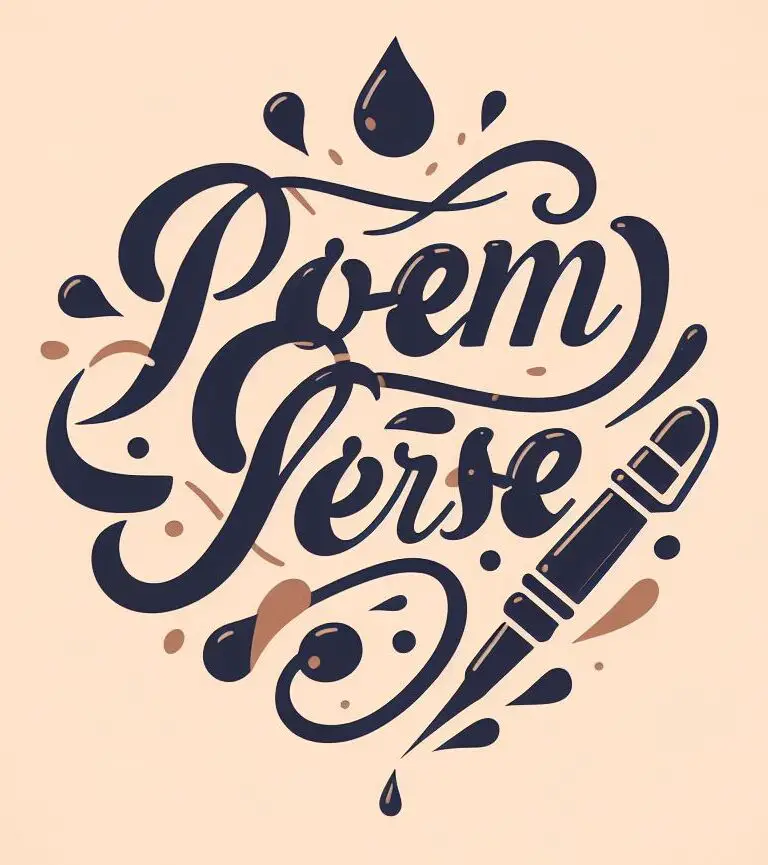The Flapper Poems of the Roaring 1920s: A Celebration of Freedom and Rebellion
The 1920s, famously known as the Roaring Twenties, were a time of significant cultural shifts and social changes. One of the most iconic figures of this era was the flapper - a young, fashionable, and liberated woman who broke free from the constraints of traditional gender norms. These spirited women became a symbol of rebellion, embracing independence, and challenging societal conventions. Poets of the time captured the essence of the flapper through their verses, giving voice to their desires, struggles, and dreams. Let's dive into this fascinating era and explore some remarkable poems that immortalize the spirit of the flappers.
"The Flapper" by Dorothy Parker
One of the most prominent poets of the 1920s, Dorothy Parker, wrote a poignant poem titled "The Flapper." In this poem, Parker skillfully portrays the flapper's insouciance and her disregard for societal expectations.
"The Flapper"
The Playful flapper here we see,
The fairest of the fair.
She's not what Grandma used to be,
You might say, au contraire.
Her girlish ways may make a stir,
Her manners cause a scene,
But there is no harm in her,
She's not at all obscene.
She wears a hat just like a man's,
A hat, she thinks, that's keen,
But as for skirts, one understands
She's wearing them so lean.
Sportsmanship always came naturally to the flapper, and Parker beautifully captures this characteristic. With her sharp wit and clever wordplay, Parker challenges the perception that flappers were merely scandalous and instead presents them as strong and independent women.
"Flappers" by Elinor Wylie
Elinor Wylie, another notable poet of the time, wrote a poem simply titled "Flappers." In this piece, Wylie delves deeper into the complexities of the flapper persona, highlighting their desires for freedom and self-expression.
"Flappers"
I was a Flapper last night
I was a Flapper to-day,
And I shall be a Flapper to-morrow
Because I'm a Flapper to stay.
Wylie's poem encapsulates the flapper's determination to break free from societal norms and embrace her individuality. The repetition of "I was a Flapper" emphasizes the flapper's unwavering commitment to her chosen lifestyle.
"The Flapper's Song" by Clara Shanafelt
Clara Shanafelt's poem, "The Flapper's Song," takes a slightly different tone, focusing on the flapper's love for dancing and the freedom it brings.
"The Flapper's Song"
Oh, I'm just a flapper,
A gay little snapper,
A dancer from morning till night.
So, boys, come and caper,
And show me your taper,
And I'll show you a couple of sights.
Shanafelt's poem captures the exuberance and vivacity of the flapper lifestyle. The energetic rhythm and playful language reflect the flapper's unapologetic zest for life and her love for dancing.
The flapper poems of the 1920s provide us with a glimpse into a transformative era. Through the power of poetry, these talented writers immortalized the spirit of the flapper - a woman who defied societal norms, challenged conventions, and embraced her individuality. The flappers of the Roaring Twenties were symbols of freedom, rebellion, and empowerment, and their stories continue to inspire us today.

Entradas Relacionadas